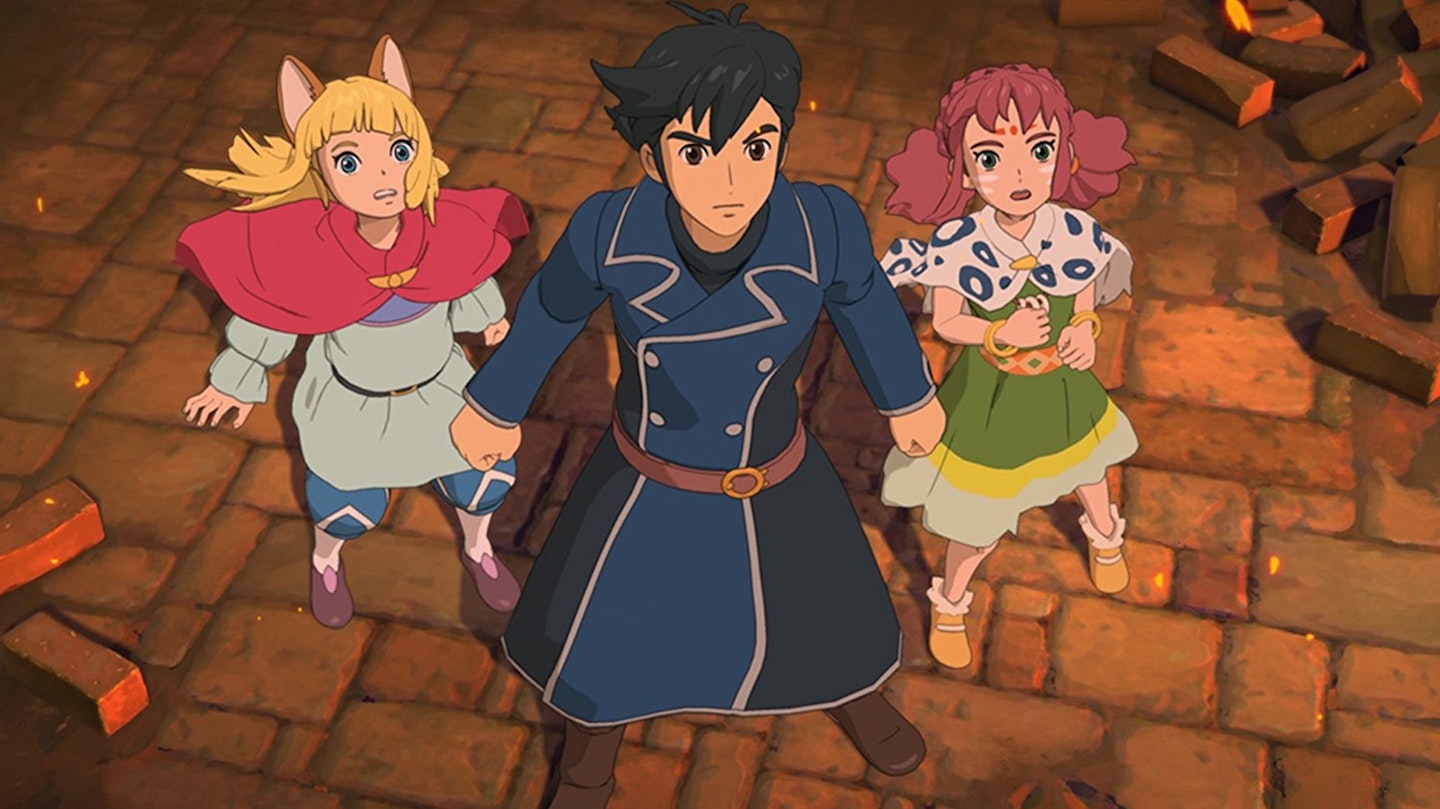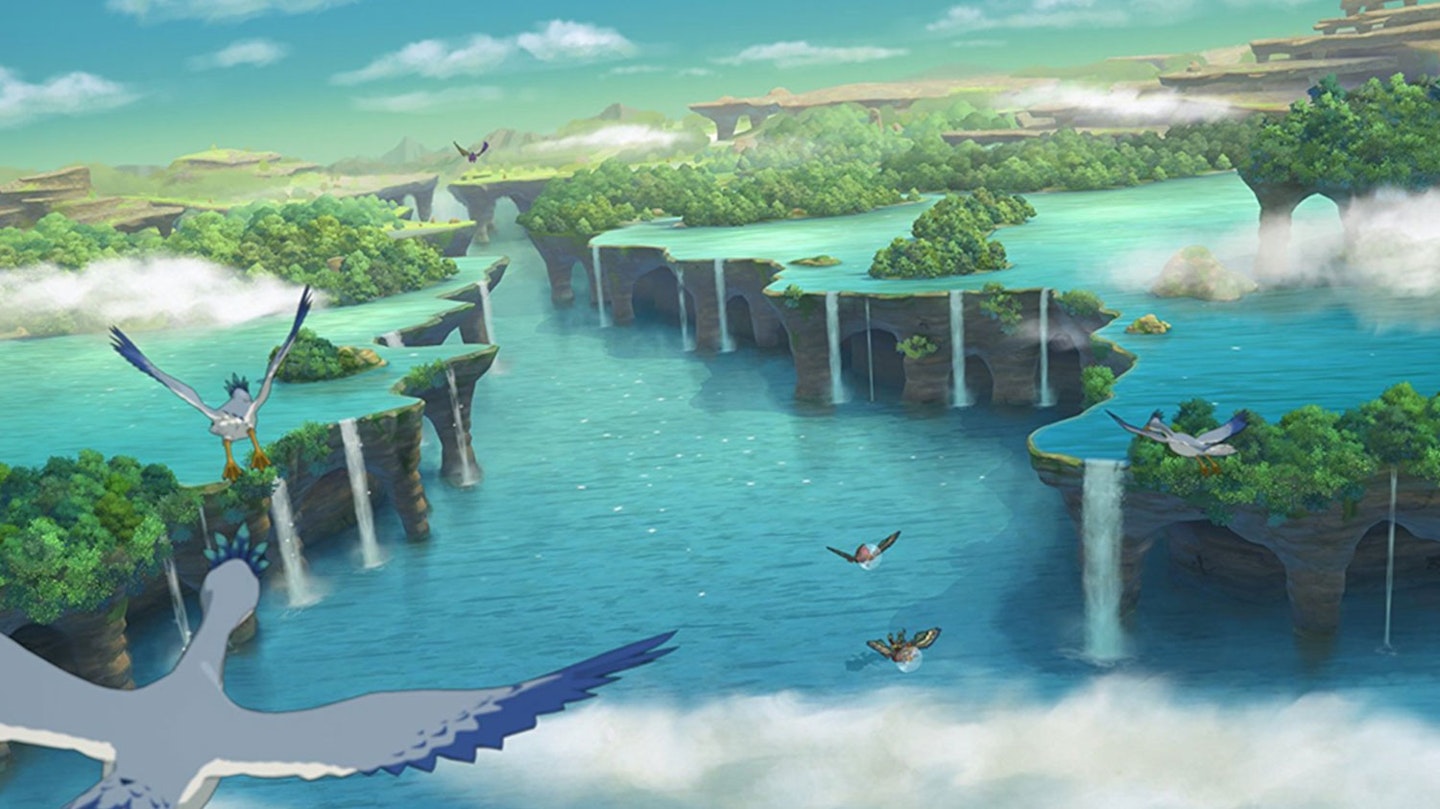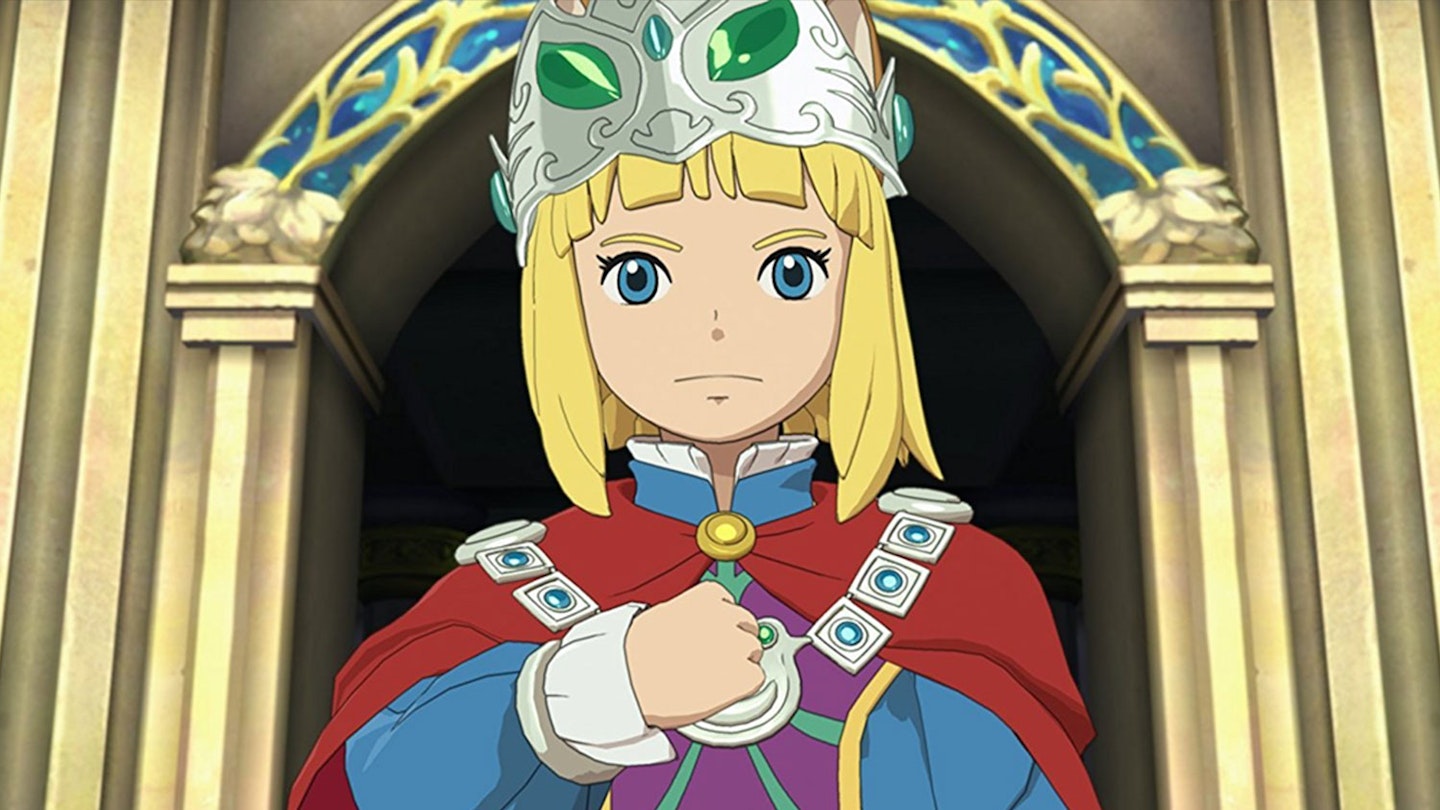When the original Ni no Kuni landed on PS3 back in 2013 (in the west, at least), it was met with delight for its Studio Ghibli animated cutscenes, charming fantasy world, and endearing characters. Mechanically though, it was very much ‘My First RPG’, guilty of excessive hand-holding and over-explaining every facet of the game to players.

Skip forward to 2018 and its successor, Revenant Kingdom, corrects practically every criticism that could be levelled at the first game. It feels designed both for those who grew up with the original, and veterans of the genre who want a more complex RPG experience. Tonally, developer Level-5 has skewed just a bit more mature here, with a story that tackles slightly darker themes than its predecessor. The twin worlds concept that was central to the last game remains, with hero Roland catapulted to Ni no Kuni in the opening moments after a truly shocking incident. There he teams with boy-king Evan, who seeks to reclaim his throne after a murderous betrayal leaves him exiled from his own kingdom – itself a location that fans of the original will recognise. Every character they meet along the way meaningfully adds to their journey, with emerging relationships and interpersonal dynamics that add real depth to the tale.
The battle system feels perfected too, with a blend of real-time combat and special elemental attacks unleashed when certain conditions are fulfilled. Each character utilises a trio of melee weapons and one ranged attack, allowing for a satisfying flow of up-close and remote combat, while instant switching between active characters lets players control the entire field. It feels faster and more exciting, without sacrificing nuance or control over specific attacks.

Combat is further modified by Higgledies — small creatures that players can befriend, who swarm like the soot sprites in My Neighbour Totoro or Spirited Away, hovering around the battlefield and allowing you to cast spells to deal more damage to enemies. Recruiting them forms one of the game's better ongoing side quests too, be it by hunting down small shrines to appease ‘Higgledy Heroes’ or even baking them into existence as a side effect of the cooking system.
The biggest difference Revenant Kingdom has with the first Ni no Kuni is the absence of Studio Ghibli. Thankfully, the animation here remains stellar, with character designer Yoshiyuki Momose returning for some visual continuity, and Ghibli stalwart Joe Hisaishi once again delivering the music – a beautiful suite from the renowned composer.
A few minor gripes – walking around the overworld between key locations feels sluggish, the subtitles when playing with Japanese audio are sometimes inaccurate – can't detract from the fact that Revenant Kingdom is a fine and worthy successor to Ni no Kuni’s throne. A wonderful, imaginative RPG that no longer speaks down to its audience.
